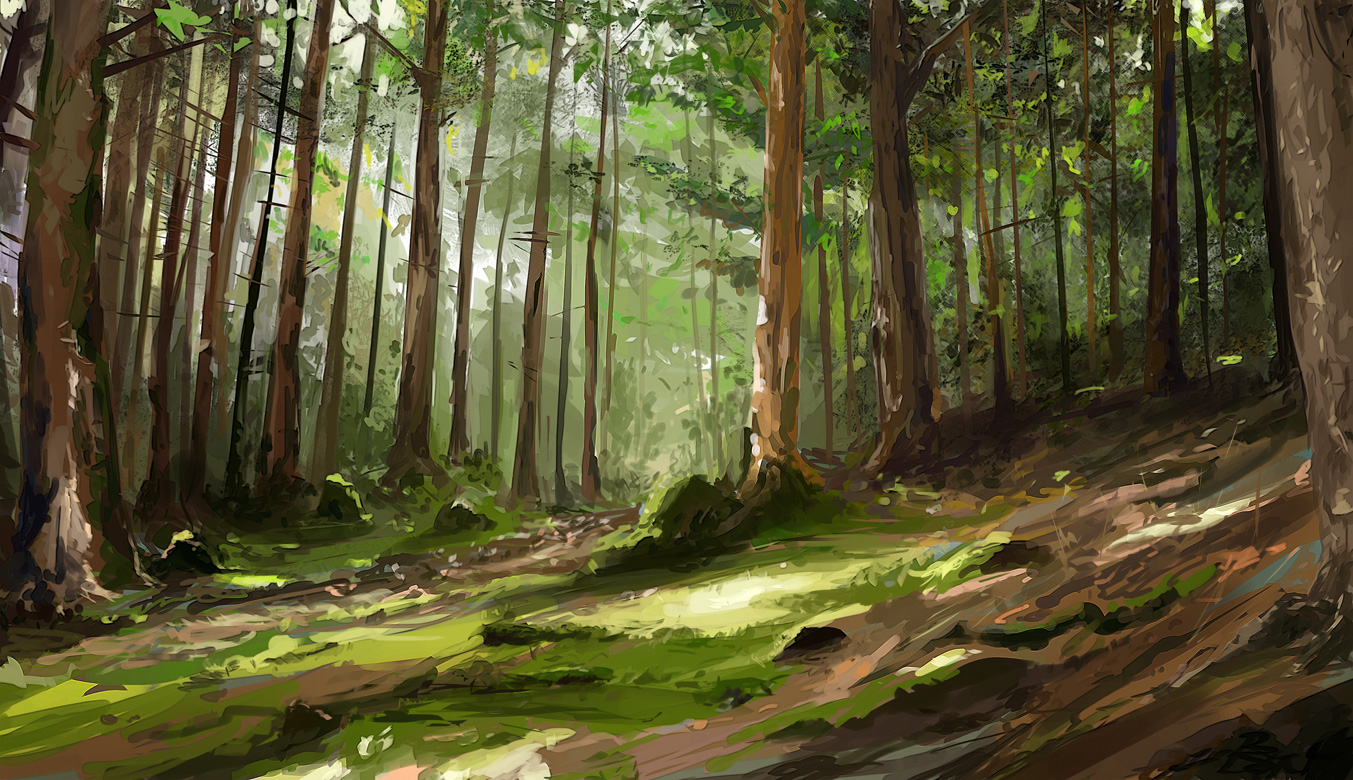Bedrai : The Tricksters
The Eastern Wolves
The bedra is a breed of wolf indigenous to the Thíre Isthorna, residing around the heart of Talora Dhiamhae, the duskwoods of Dhakonnúria, and the ashen thickets of Osúdrea Deirgonia. There are copious tales of lone bedrai guiding many Uisredda (pigmies) to their deaths, slaughtering them as their kin gathered into packs. Or the fables of Iunthírre, the elder Bedra who aided Eisra the Brave Heart in defending the Dunnol Tíriagh from the Morhím. However, to most Isthorna, the Bedra is seen as greater Hallows.Basic Information
Anatomy
Slim Bodies and Eerie Eyes
The bedrai are creatures of slight frame, more slender than that of a normal wolf. They appear pretty delicate and refined in appearance. They have a lean frame, sinewy muscle, and thick fur. The most peculiar aspect of the Bedrai are their eyes. The Bedrai have sharp, needle-like eyes with bluish-violet irises and pitch-black sclera. These eyes give off particularly eerie light, at times appearing very dim yet strangely rife with knowing and charm.Biological Traits
In appearance, two long, thin ebony lines hug the bedra's sides. These lines grow in width as they follow along the torso from the tip of each tail (three). There, they stop around the bedra's neck, forming a v-shaped collar. These ebony lines are common to all breeds of bedrai, a hallmark of their species. Other than these lines. The thing that changes is the coat of the Bedrai. They are affected by three factors: locations, seasons, and diet.
- In the Talora Dhiamhae, a bedra's fur is beautiful tawny brown. It's more golden than swarthy. As the autumn and winter months come, the Bedra sheds this coat. The tawny fur becomes more a mottled and silvery color, as though covered in ash or embers.
- In Dhakonnúria, a bedra's fur is snowy ivory or hazel-like color. The fur's rather thick and muted in some respects. As the long northern winter months come in, the Bedra sheds this coat. And the ivory fur becomes more luminous and white in color, as though casting off all impurities.
- But in the Steppe of Dergonia, a bedra's fur becomes a reddish henna-like color. It's as vibrant and lustrous as the red plains, slipping in and out of its crimson thickets. As the slow summer months come in, the Bedra sheds this coat. And the reddish fur becomes thinner, dark, and dull.
- As one moves further north into the Gaechi Cóbrinnea, the appearance of Dhakon Bedrai becomes far more in line with the Ibaisíoigma (trickster) of the Sylfaine myths. "A creature chosen by Kwéuna, herself, to guide dustborn beyond the veil." They are beasts of great size, with more substantial and hearty muscles (1.5 meters in height, 2 meters in length). These Dhakon Bedrai have larger muzzles, whetted canines made for tearing and rending flesh. As well as sturdier pads for traversing rugged and snowy forest terrain.
- However, if one steps into the red fields of Osúdrea Deirgonia, the appearance of Unrósui Bedrai becomes far more in line with the Bhratal (rogue) of the Amarídeus fame. "They who devouring the souls of fools, victims of Soarelle's displeasure." While much smaller and compact (1.1 meters in height, 1.6 meters in length). These Unrósui Bedrai have longer muzzles, snouts born for tracking. Their claws are perfect for digging wholes and snagging the flesh.
Civilization and Culture
Interspecies Relations and Assumptions
Drawn to Others
Oddly many are non-hostile towards Marél of Ayrgoth-blood, the Marrízian Chavs, and the Sylfaine Dhakons. They are oft-seen playing with children, whether dustborn (man) or ashborn (daemon). Some younglings, abandoned by their pack, are oft willing to join dustborn of considerable magick talent. Though this is puzzling as the creature is often more capable on their own.
Lifespan
60 years
Geographic Distribution



Comments